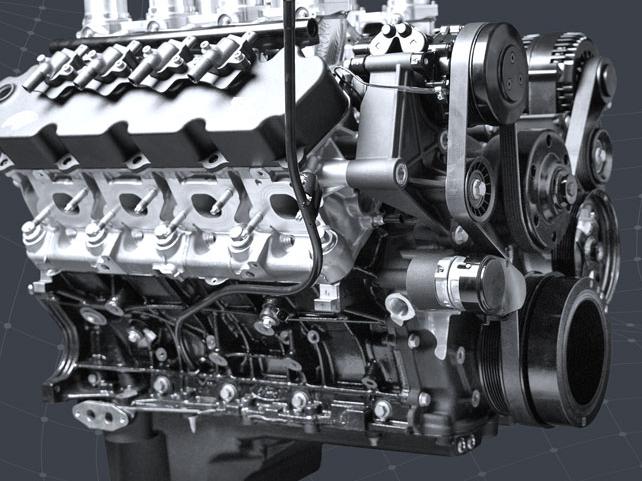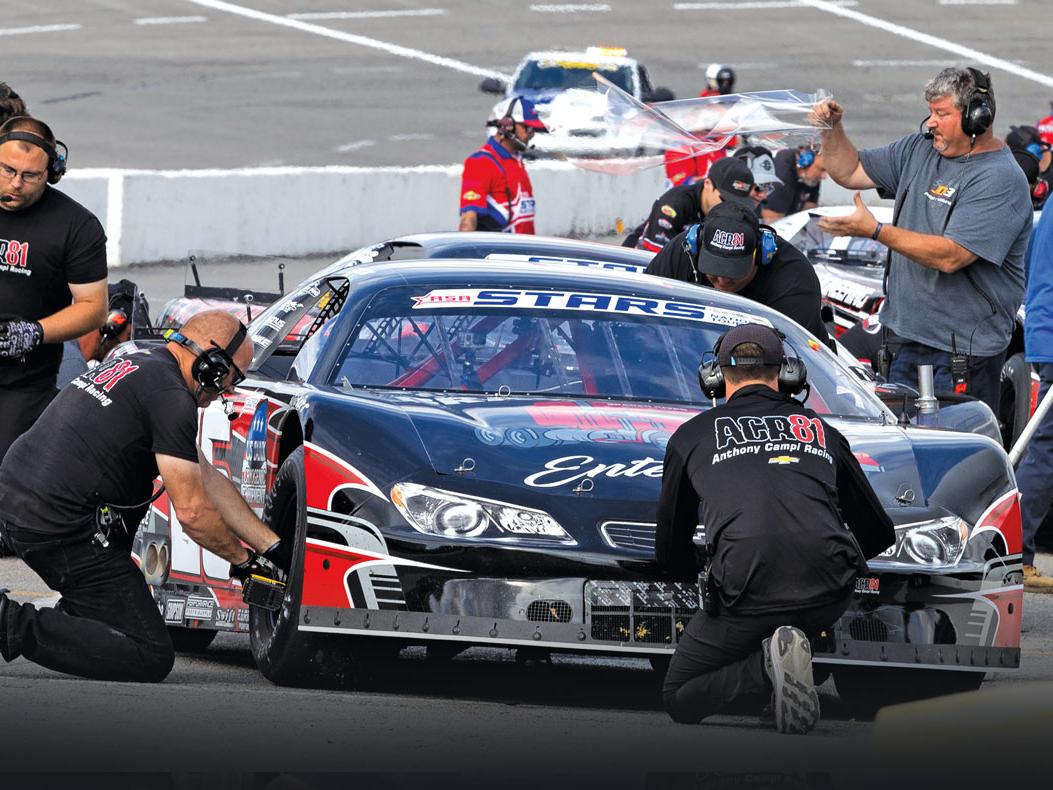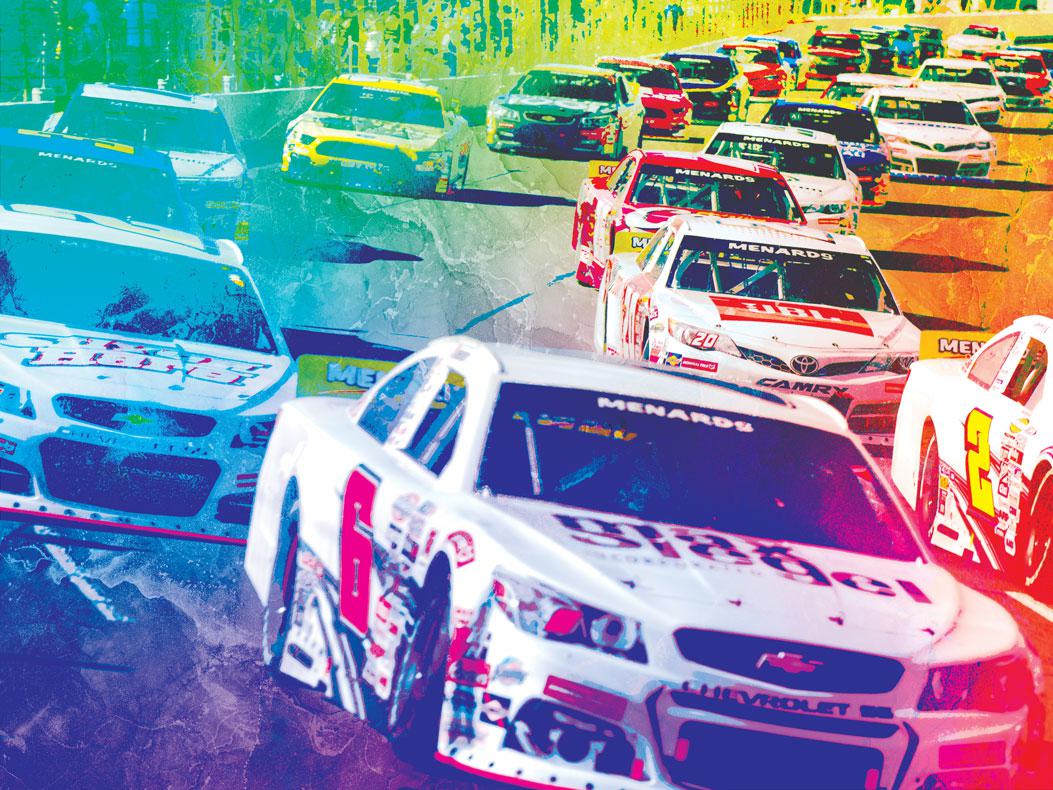Utilitarian No More
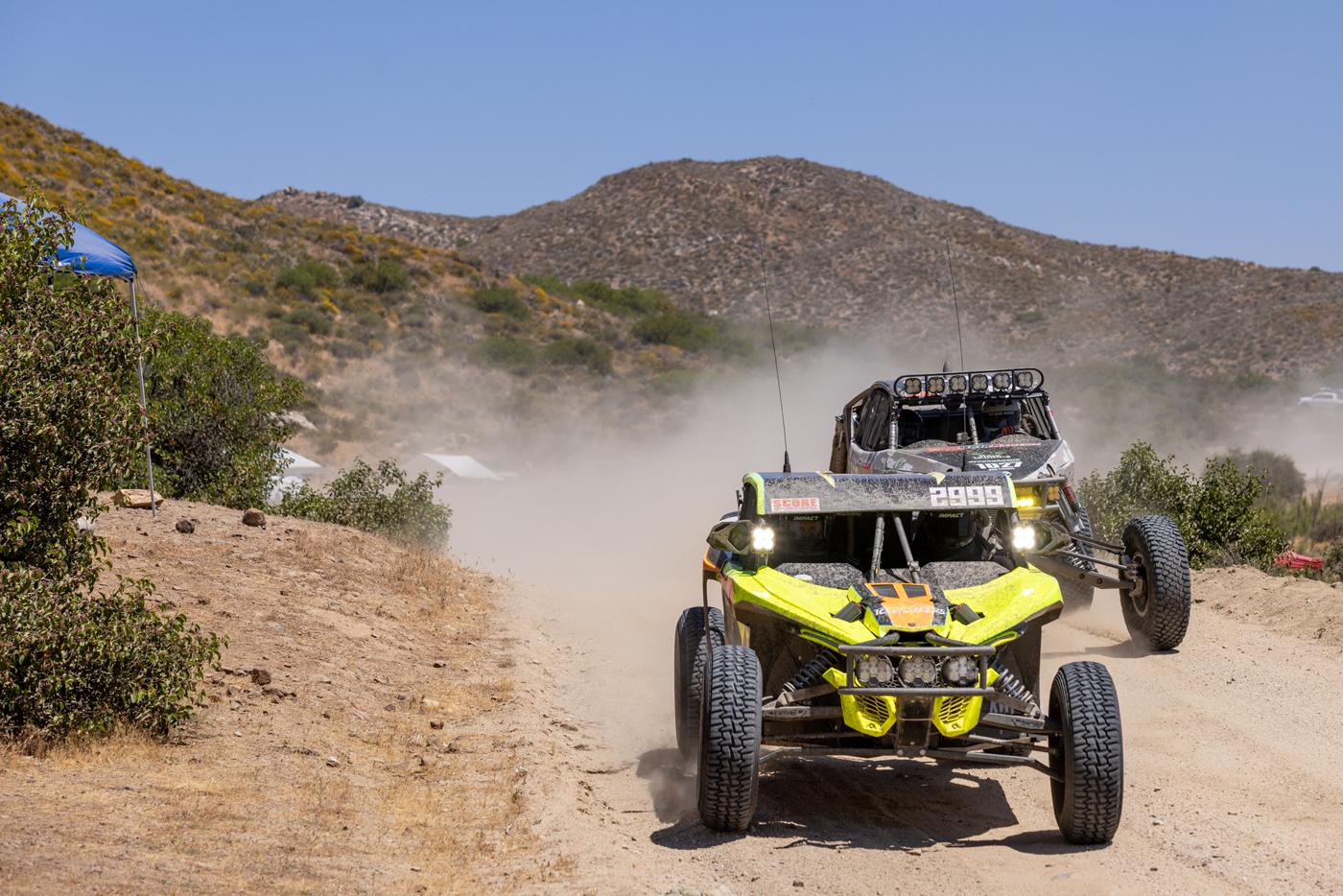
As side-by-sides get sportier by the year, aftermarket opportunities abound to turn them into dedicated racing machines.
“I’m old enough to remember when UTVs were only Ranger vehicles at state parks,” said Matt Scarpuzzi of Savage UTV, Alpine, California. “That’s where the name came from, utility vehicles. I remember the first year [race team] Jagged X was racing in Baja and people said, ‘That’s never even going to finish.’”
“They were never intended to race,” added Justin Smith of Shock Therapy, Phoenix, Arizona. “Everyone had to build pretty much everything on the car to be competitive.” Now, however, “UTVs are certainly the fastest growing class in off-road racing, and the UTV class has started to knock on the door of overall race times for Class 10. Class 10 is a pretty fast class, the fourth fastest class in off-road racing. UTVs are getting to where they’re faster than half the field.”
It was Polaris, Smith said, that started the “UTV arms race” with the introduction of the RZR XP 1000 in 2014. In 2022, Polaris introduced the RZR Pro R, “the most capable UTV in history to date,” Smith said. “You can race it stock and not have to touch anything on there from a breakage or structural standpoint. It really is an off-the-showroom race car.”
“We can spend $150,000 building a Pro R, or you can get one from the dealership, add window nets and a radio, and be ready to go,” Scarpuzzi pointed out. “The suspension is really good out of the gate, and the cage is so much better. They used to come with literally seatbelts, and now it’s four-point harnesses. I think these manufacturers are starting to see what people are spending their money on after the initial purchase, and they’re starting to include some of that equipment in the original layout of the vehicle.”
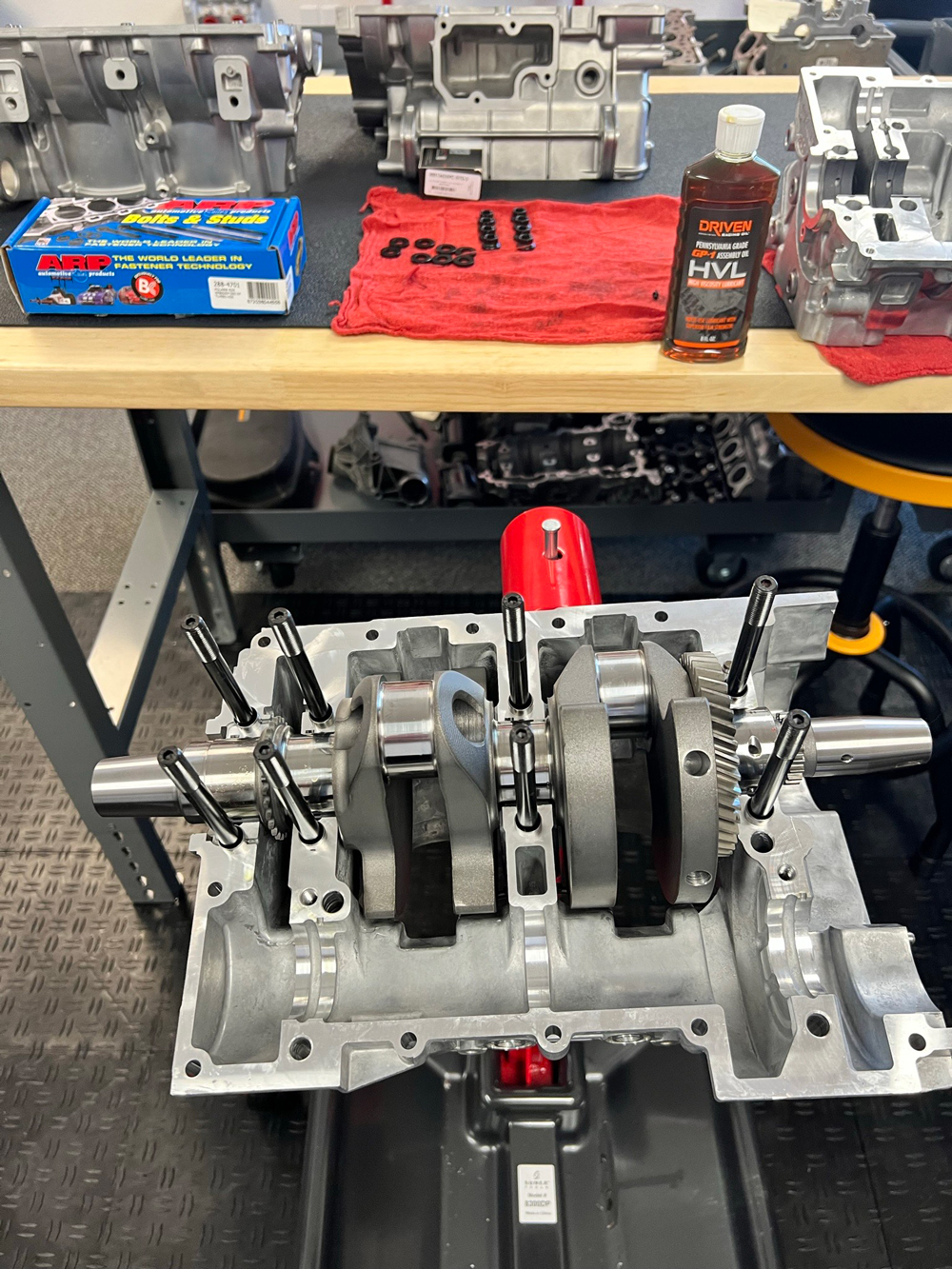
That doesn’t mean there isn’t room for improvement. Racers being racers, parts have been developed to make the Pro R faster, safer, and nimbler. Although, “the Pro R being new, it’s very expensive to build, maintain, and race,” Scarpuzzi said. The fact that a Pro R has a two-liter, four-cylinder engine also relegates it to Unlimited classes in certain series, or classes just for Pro Rs, as the rest of the UTV racing field is powered by two- or three-cylinder engines of 1,000–1,300cc. “So really, the top, top names in UTV racing are in that class, and a majority of other racers are still in the other classes.”
That means there are plenty of opportunities for building Polaris, Can-Am, or other brands of side-by-sides for racing. “The biggest question that you have to start with is, what is the race series and class?” said Dan Fisher of Lone Star Racing, Mesa, Arizona. “And then, having a budget in mind is important. It’s very easy to get carried away. There’s needs, and there’s wants.”
Engine Upgrades
This is an area where builders and racers need to do their homework, especially where the Pro R is concerned. “In the Best in the Desert series or any American series you can’t touch the motor,” Smith said, “though in the SCORE races in Mexico they do allow you to play with the motor.”
“There’s something like 10 different short course series going on, and they all have different rules,” said Brian Crower of Brian Crower Inc., San Diego, California. “The rules are just all over the map based on what series you’re in. The rules could say you can run cams, but you can’t run aftermarket rods or pistons. Or you can’t run anything that didn’t come from the factory.”
One racing segment where the rules are more liberal, “at least in the higher up classes, is sand drag racing,” Crower said. “The Sand Outlaw Series has single-handedly pushed the boundaries in that segment. There are guys who, with a 900cc engine, are making 1,000 horsepower to the crank, which is pretty respectable coming out of a little two- or three-cylinder engine.”
Another “growing horsepower segment, especially in the Southeast region, is mud bog or mud pit racing with the Southern Bounty Series and Mud National events,” Crower said. “They are doing big-horsepower builds similar to the drag crowd and draw thousands of spectators.”
Building side-by-sides for the sand is Crower’s focus. “A lot of the bigger horsepower builds, which involve our cranks, rods, and pistons, are geared toward the dune style of riding where it’s more wide-open throttle.” In this segment, the two-cylinder Polaris RZR XP Turbo and three-cylinder Can-Am Maverick X3 “cover literally 70% of the market,” Crower said. The rest of the “engine totem pole for hot rodding” includes the three-cylinder Yamaha YXZ; Polaris Pro R; and the two-cylinder Polaris XP 1000, Honda Talon, and Kawasaki KRX.
How does Crower build a 1,000-hp Can-Am engine? A combination of Darton aftermarket sleeves in the stock crankcase, bigger ARP head studs, Crower’s billet crankshaft and connecting rods, King main rod bearings, bigger wrist pins, either CP or BME pistons, a ported cylinder head, Crower’s camshafts and adjustable cam gears, “and then as big a turbo as you can run,” he said. “These guys were running 70 pounds of boost last year. This year it’s 80, and next year it’s going to be 90, and they’re starting to run compound turbos.” With these big turbos, “there’s obviously a lot of lag at the bottom end,” he added, but his stroker crankshafts “build more boost quicker with the torque that they deliver.
“These drag cars are unreal,” Crower continued. “They’re doing 300 feet in 3.4 seconds—in sand.”
Most of the sand drag classes limit engine displacement to 1,300cc “because the Can-Ams have a 1,200cc snowmobile engine they want to cater to.” To make the two-liter Polaris Pro R eligible, Crower developed a de-stroker crank that turns it into a 1,300cc, four-cylinder engine.
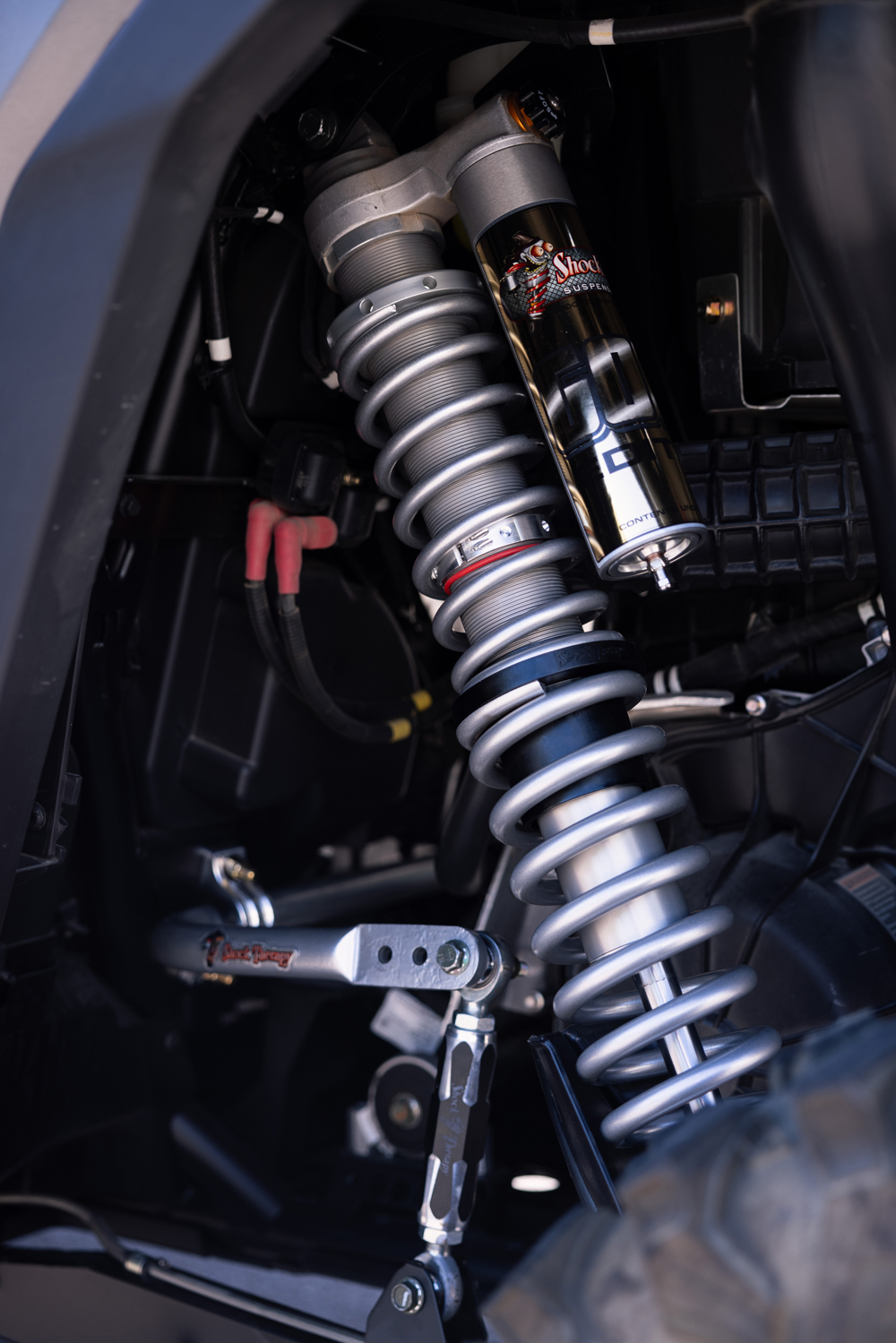
“Word on the street says the 2024 Can-Am will have a 1,600cc engine with a transmission—meaning no more belt—so that will revolutionize the game,” Crower said. “And Polaris is already working on a turbo version of the two-liter.” Crower predicts that these new developments will generate interest in second-hand UTVs. “Guys will realize they can buy a 2016–2018 turbo RZR for 10 grand, then put another eight grand in the engine. Now they’ll have a 300-hp RZR, and it only cost them 18 grand, compared to a brand-new Pro R, which is like 55 grand from the showroom. And everybody who wants to buy a new Can-Am will put their old Can-Am on the market, and the savings guys will get by buying a used X3 can be put into the engine or clutching.”
Crower also acknowledged that sand-drag power levels can be incompatible with racing elsewhere. “In short-course racing you can overpower the track. So even with turbo builds you don’t want to have more than 250–270 hp because you’ll have wheelspin and you won’t really be able to control the car.”
“I don’t think horsepower wins off-road races. It’s the chassis,” Smith said. “It’s how you can run through the whoops, and how you can run through big stuff without ever having to hit the brakes. And whip in a corner without rolling the car. Those two things right there make you fast.”
“Guys are welcome to supply me with a built motor,” Fisher said, “but I don’t think you need anything like that. Having a car that is reliable race after race wins races.”
Suspension & Tire Upgrades
The Polaris Pro R is available with “an electronically controlled Dynamix system with Fox shocks that are all live adjustable, so it shines when things get rough,” Smith said. “About the only thing we’re doing with those before we race it is a set of aftermarket ball joints, because the factory ones are a little questionable.”
Shock Therapy “makes a ton of parts for the Pro R,” Smith added, “and they do get quicker with some shock mods and spring packages.” The company offers dual-rate springs and a Ride Improvement System, which adjusts the internal valving to increase bottom-out resistance at full compression and soften the ride quality at low and medium speeds. For other Polaris side-by-side models, Shock Therapy offers dual-rate spring kits, shock upgrades, the Ride Improvement System, and other components. Upgrades for Can-Am X3 models include dual-rate springs, sway bars (and adjustable links), and Fox’s IQS adjustable shock system.
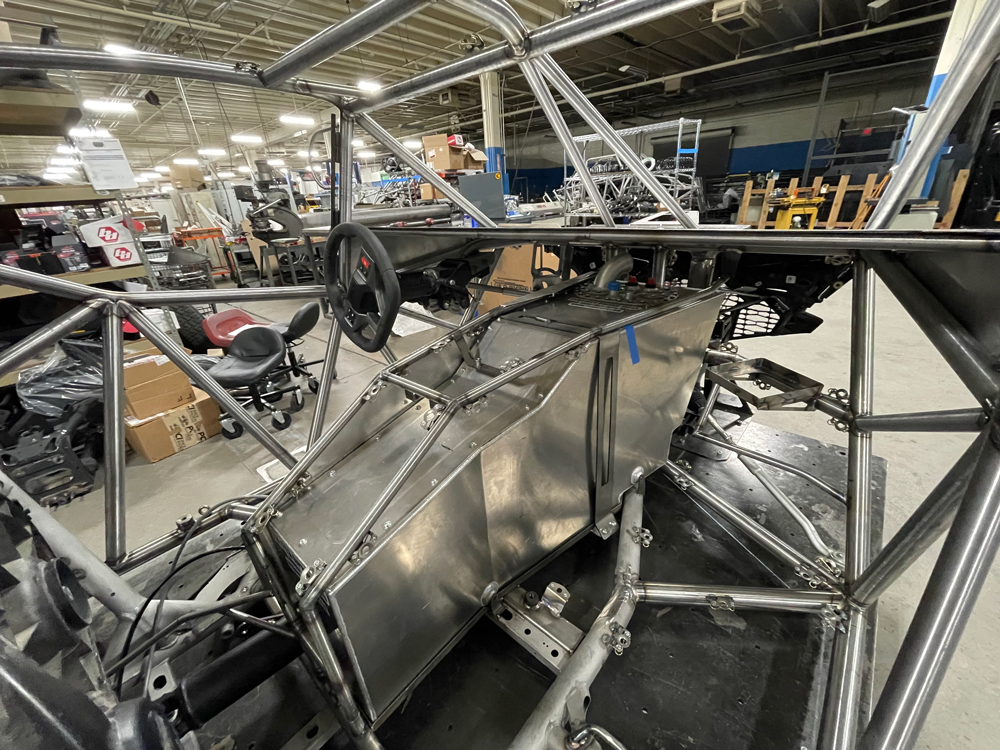
Smith is also designing some new products for the Pro R that he didn’t want to discuss in detail just yet. “They will be electronic products that make these things even faster than they currently are. Or safer. Or both.”
Craig Stumph of Pro UTV Parts in Delta, Utah, takes a different approach to suspension mods. In his area, rock crawling is more popular than open desert racing, so he builds UTVs to climb boulders.
“The trailing arms on these Polaris machines work great for desert racing, but for anywhere like our rock crawling, they hang up on rocks really easy and you get stuck. We have another trailing arm made by ORB that we sell for these cars. They give us an additional five inches of clearance.”
Stumph is also engineering UTVs to mount 39-inch-tall tires. “When you roll up on one of these cars on 39s it looks pretty freaking cool,” he explained. The tall tires require aftermarket A-arms and gear-reduction hubs known as Torque Vector Multipliers (TVMs). The TVM 25% gear reduction hubs are manufactured by Hymark Performance and distributed by Pro UTV Parts. They are different from the current portal design. TVMs add 2 inches of width per side and only 3/8 of an inch of lift. “You just bolt the gear reduction on the hubs and you’re in business.”
Stumph pointed out that “when you start changing the tires and the gear ratios, you have to match the CVT to the changes you’ve made. That makes a lot of difference in these cars.”
Upsizing the tires on a Pro R from the factory 33s to 35s is a popular modification, “but there are definitely some upgrades that you need to do around the 35s, like wheel studs and things like that,” said Fisher. “It’s a lot more load on the back of them, especially if you start running tire balls [run-flat inserts].”
“We put 35s both on the race car and on the prerunner, and they make such a big difference when you get in the big stuff,” Scarpuzzi said. “It’s able to just float over some of those bigger whoops. And the added ground clearance obviously is huge when we’re running these Baja sections where the ruts are so deep from the Trophy Trucks.”
Cage and Safety Upgrades
“I’m a dad and not a young man, so for me, the safety thing—being able to come back home—is big,” Scarpuzzi said. “I was really excited to see the Pro R had a fully welded cage. Every naturally aspirated car, the Turbo S, all of those were bolt-together cages with 1.75 tubing. This Pro R from the dealership, having fully welded, 2-inch tubing, is something that guys who are building a race car for the first time, and are on a real strict budget, are going to feel better about that than racing something with a bolt-together cage.”
For racers in the top tiers, “our cages are all custom, usually DOM tubing or chromoly,” Scarpuzzi added. “At the upper end, we replace all that stuff. But for the local races where I live, I see a lot of cars racing with a lot of stock components.”
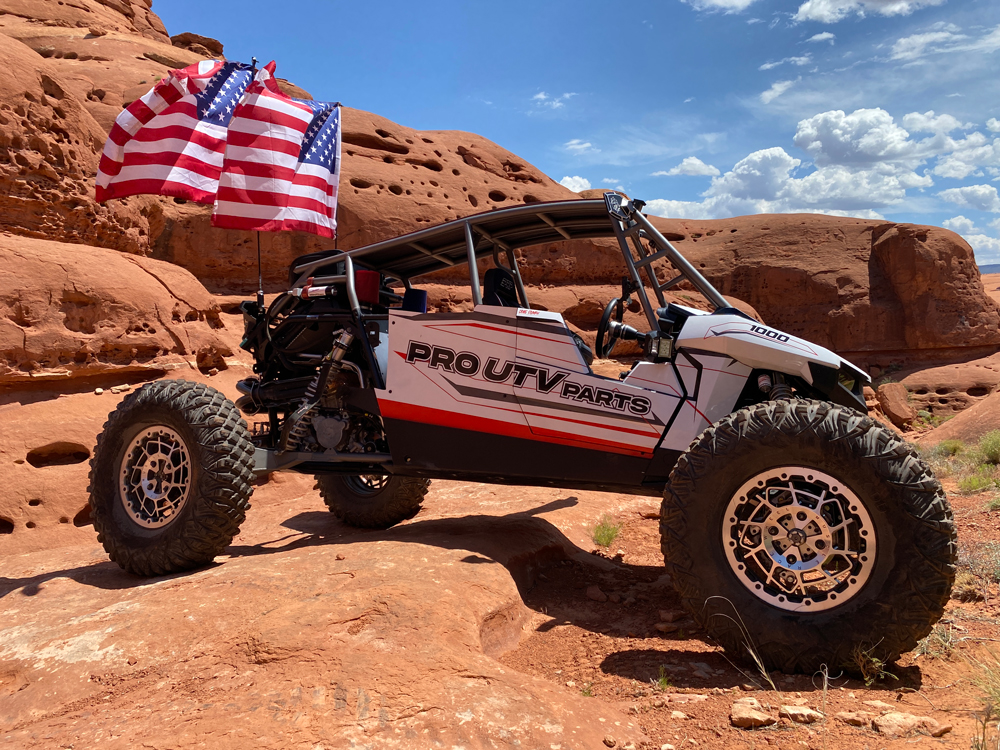
At Lone Star, “we do semi-custom chassis,” said Fisher. “When we do one of our full-race builds, we always have a lot of involvement with the customer, to give them what they want while keeping within the safety rules of the class.
“We focus on weight, without sacrificing durability,” he added. “We build a car that can handle a lot, but not weigh a ton.” He said some racers “want us to stretch the rules on material thicknesses, but at the end of the day, it’s such a minimal gain to do that—maybe 20 pounds—that if you do end up having a bad wreck, you’ll have to scrap the car because it just doesn’t hold up.”
One big change Lone Star has made to several Polaris models, including the Pro R, is to lower the car’s center of gravity by relocating the fuel cell. “We do not put the fuel cell under the seats. It goes down the center,” Fisher said. “We have a few options on capacity, from 26 gallons all the way up to 33 gallons. It definitely gives it more of a Can-Am feel when you sit in it because you’re sitting in it so low. It’s not your typical position where you sit up in a Polaris.”
Adding a fuel cell is a common upgrade, both for safety and range, but “don’t go overboard,” Fisher advised, citing a “less is more” philosophy regarding weight. Size the cell “depending on what race series you’re running.” He races Best in the Desert and the Mint 400 with a 21-gallon fuel cell, while Scarpuzzi uses a 46-gallon fuel cell for Baja racing.
Brakes are another popular upgrade, depending on the model. “The Pro R has really good brakes on it,” Stumph said. “Can-Am brakes are not as good, but Wilwood makes kits for those, and we sell those. Some of the ceramic pads that are out are a little bit better than the sintered.” Racers who run in the mud “are using bronze pads because a standard or ceramic pad will wear out,” he added. “The mud in the water is extremely abrasive, like using a grinder on them.”
Fisher said he uses a Wilwood master cylinder on his side-by-side. “That’s worked out around all the stock calipers. It gives us a little bit more fluid, a little bit better piston.”
One upgrade that Scarpuzzi called “an absolute game changer” was the addition of a satellite communication system. “We have sat phones wired into our intercom system, and all the chase trucks have it, so when I talk in the car, every truck hears me. We are able to coordinate the logistics of getting chase trucks to a pit, or if a chase truck can’t get to a pit, another one can cover it.”
His team also added a Starlink system to the chase trucks, “so they can get on the Internet anywhere, and they can pull up SCORE’s official live tracking. They can see where our competitors are. When I come into a pit, they can tell me, ‘Hey, you’re in third place, you’re two minutes behind this person. And we see this person is four minutes behind you.’ They tell me what my back door is, so I know how much we need to push the car.
“All that communication and information is so important, especially when we’re really close in points for a championship and we start to get closer to the Baja 1000,” Scarpuzzi added. “It’s expensive,” he admitted, “but for upper-level racing, it’s a must-have.”
As Scarpuzzi sees it, there are multiple tiers of UTV racing. “There are the guys racing with factory support and big budgets, the guys you see all over the magazines. But it is amazing to see the field of recreational racers out there. It’s a different level of racing, but the fun, the excitement, the challenge, the competition is exactly the same.” Within that group of enthusiasts are those who can “go to their dealership, get a car, upgrade the harnesses, and add some safety features, and they’re out there, rubbing paint with 10 of their buddies. But the majority of people still want to build their own setup, because it’s easier to do that, keep modifying, keep upgrading over the years to make the car exactly what you want.”
Speed UTV
“The race series have done a great job of trying to make off-the-shelf, production-built UTVs raceable, but I wouldn’t recommend it,” said Todd Romano of Speed UTV, Anaheim, California. “There is not enough safety or reliability built into a production-based UTV to go racing. At Speed UTV, our intention was just the opposite: to build the very first production car that you could pick up at the dealership and go racing. There’s nothing to add to our car outside of a fuel cell, and maybe GPS and intercom radios.”
Speed UTV is the brainchild of racers Robby Gordon and Todd Romano, who spent years working on developing UTV technology for companies that included Polaris and Textron. Romano was also a pioneer in UTV accessories, having founded Dragon Fire Racing and developed the Team Green Factory accessory line for Kawasaki and its Teryx.

Speed UTVs are available in three lengths: a two-seater with a 95-inch wheelbase, a four-seater with a 120-inch wheelbase, and a two-seat, 110-inch wheelbase model Romano calls “the ultimate desert wheelbase for a sub-80-inch-wide car.” The company’s 999cc, two-cylinder, turbocharged engines make between 225–300 hp and are fitted with three-speed CVT transmissions. Standard tires are 33s; 35s are optional. Steering is hydraulic.
The Speed UTVs are built with “the SCORE-legal race cage from the factory,” Romano said. “Because it’s bolted on, you just have to weld where it’s bolted and it’s legal. We’re the first manufacturer to have intrusion bars on the front of our cage and the B-pillar for roll-over. Without that B-pillar bar, the cage collapses on your lap if you do a forward roll. We also have produced our cage for FIA in a continue-tube version—it cannot be a bolt-on cage that is welded—that passes all FIA standards.”
A big point of difference between Speed UTVs and others is the trailing arm design of their rear suspension, which gives it negligible track changes through the full range of travel. “Under a half-inch,” Romano said, “which allows for greater wheel travel and reduces the track change and leverage issue that compromises drivability and breaks suspensions on other cars.”
The top-of-the-line RG Edition includes “Speed carbon-fiber racing seats, Speed five-point racing harnesses, window nets, and production two-piece beadlock Speed wheels,” Romano said. Available Speed-designed and manufactured accessories include fuel cells, thicker skid plates, light bars, radio/intercom, and a Wilwood brake kit “for the guys racing with 35s.”
Romano said Speed UTV is working with “about 100 dealers, mostly in the Southwest, the Upper Peninsula panhandle, and the southern belt. We are in our first year of shipping cars and have 16,000 on order right now. To put that in perspective, in the category that we’re playing in, which includes the Pro R, the Turbo R, and Can-Am X3, there’s about 80,000 units sold a year.” —Drew Hardin
SOURCES
Brian Crower Inc.
briancrower.com
Lone Star Racing
lsracing.com
Pro UTV Parts
proutvparts.com
Savage UTV
savageutv.com
Shock Therapy
shocktherapyst.com
Speed UTV
speedutv.com
 MEMBERSHIP LOGIN
MEMBERSHIP LOGIN JOIN PRI
JOIN PRI
